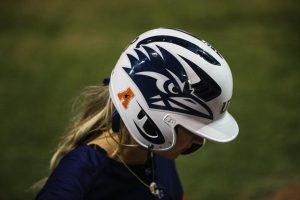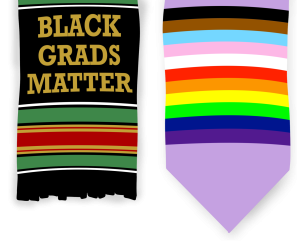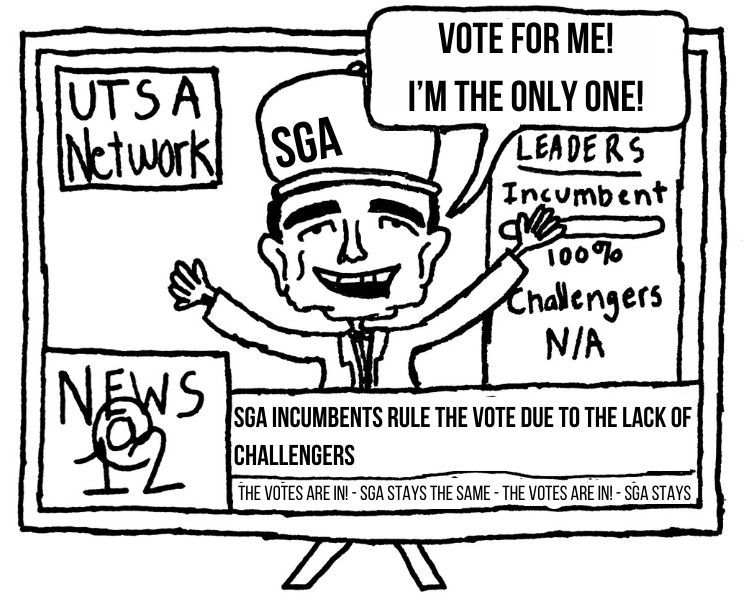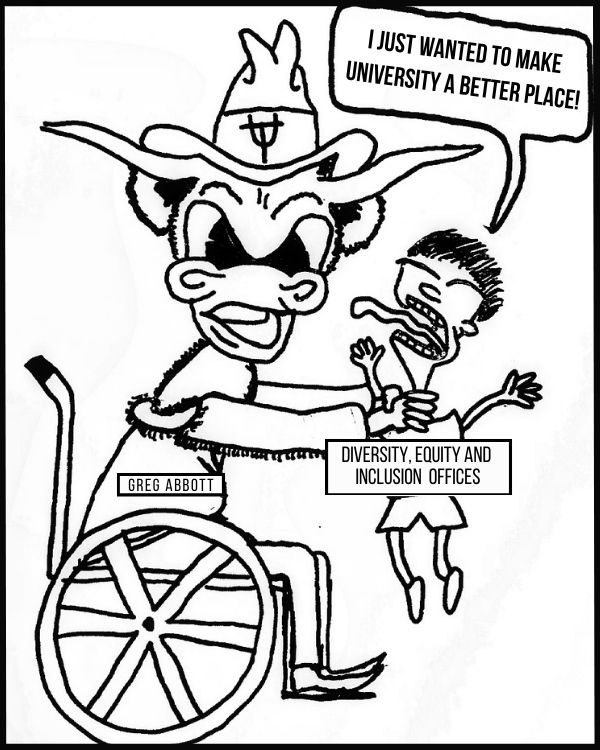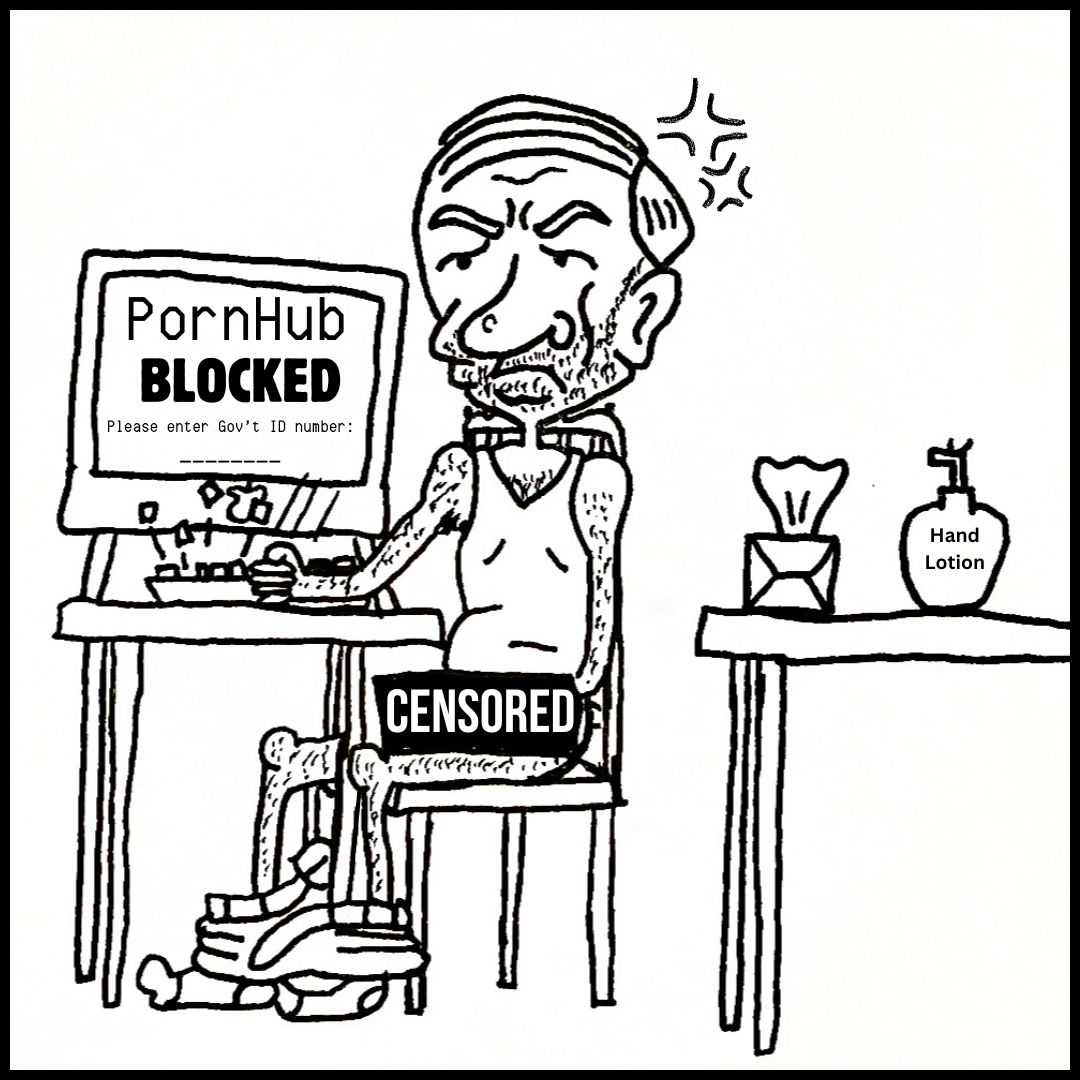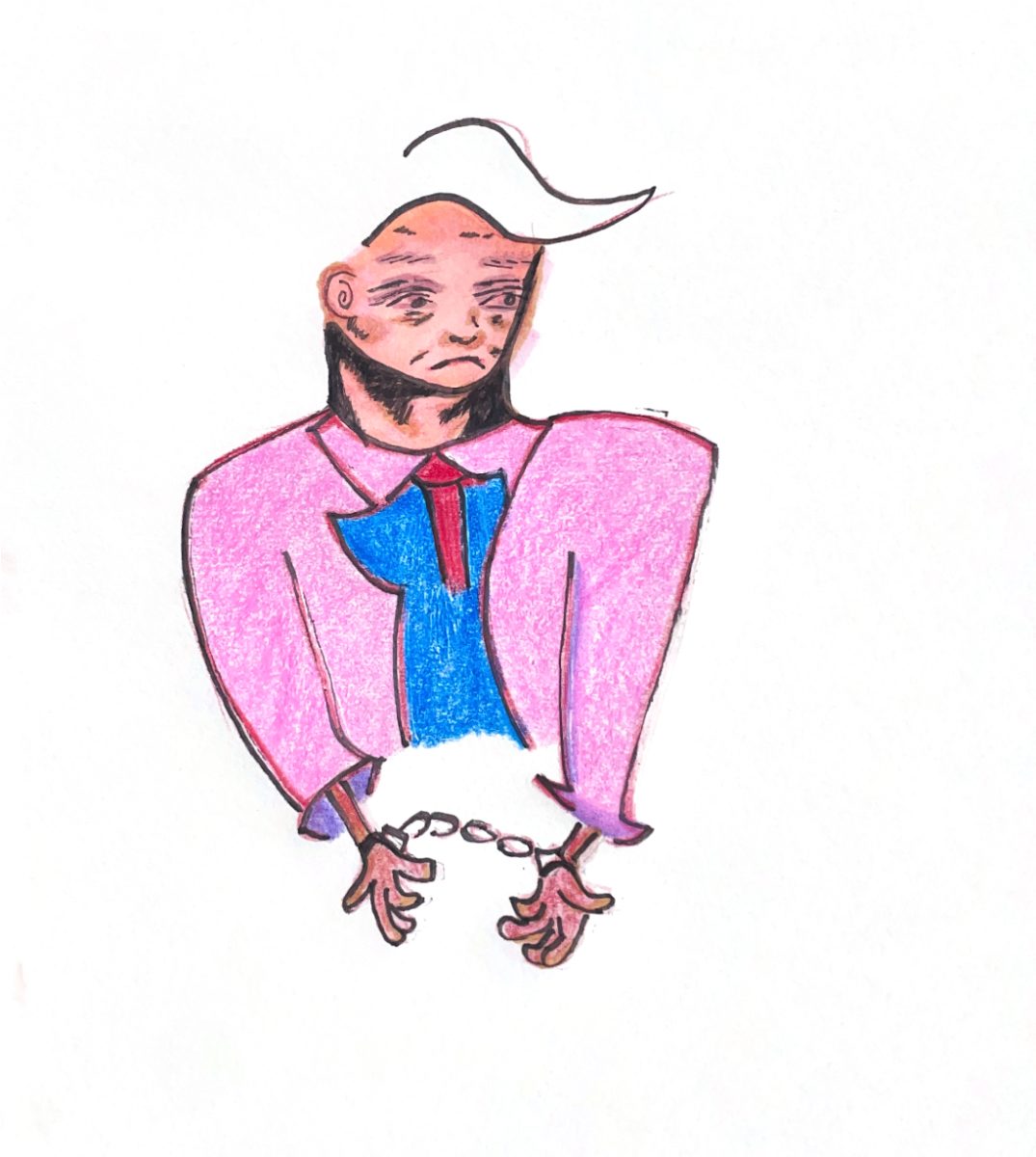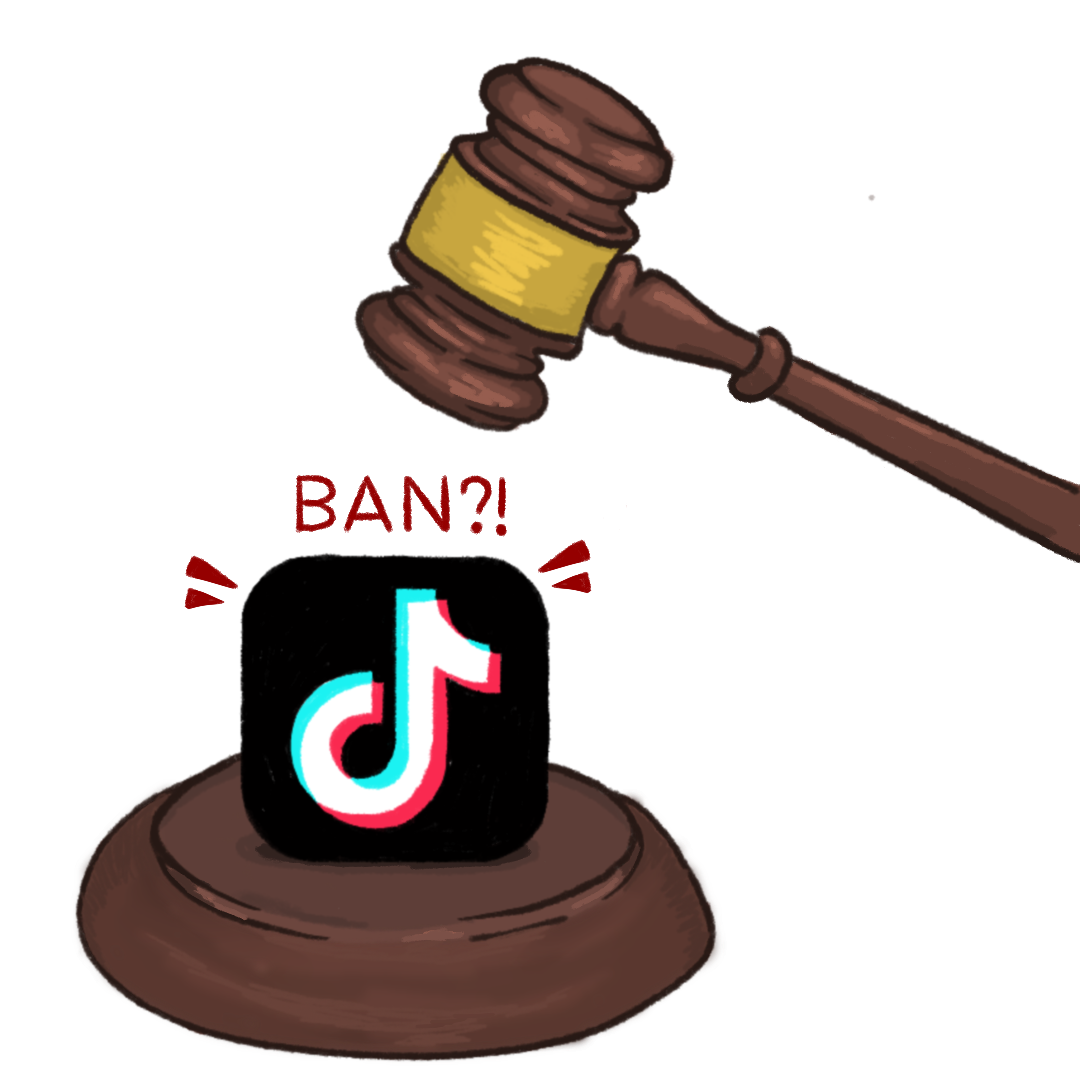Racial tensions are a widely debated issue and it seems that UT schools are no exception. UT-Rio Grand Valley (UTRGV) President Guy Bailey has recommended that the school’s mascot be changed to a “vaquero,” sparking controversy among students and Hispanic residents.
Vaquero is Spanish for cowboy; however, the name is more than a translation for many Mexican-Americans. While the vaquero originated on the Iberian Peninsula, it has become deeply entrenched in Mexican and South Texas Culture. The vaquero is also considered the foundation for the American cowboy.
The desire to create a new mascot was prompted after UT-Pan America merged with UT-Brownsville to become UT Rio Grande Valley. University officials sought to unite the two schools under one new image.
“In the end, I truly believe it was imperative to recommend something that is authentic to the Rio Grande Valley, represents the spirit of South Texas and can be embraced by the entire region,” said Bailey in a press release.
In order for the vaquero to become UTRGV’s official mascot, the UT Board of Regents must officially approve it.
“As a Valley resident, I especially appreciate President Bailey’s careful and thoughtful deliberation on this matter and for all the input provided by students, faculty, staff, alumni and community members,” said Regent Ernie Aliseda.
While the vaquero has been well-received among university officials and UT regents, many students strongly oppose the change. Since Bailey’s proposal was submitted on Nov. 5, a petition on change.org has amassed over 9,000 signatures in opposition to the mascot.
The petition claims that students and alumni were not consulted during the petition- making process. A press release from UTRGV cites that thousands of stakeholders were solicited for input, but it does not clarify who those stakeholders are.
While some students oppose the use of Hispanic culture to build a mascot, others are indignant that the previous UT-Brownsville, the Bronco, will become obsolete.
Using the vaquero as a mascot also poses a significant problem for female athletics since a vaquero is an inherently masculine figure. Becoming the “Lady Vaqueros” may not be enough to equalize both men’s and women’s athletic teams.
UTRGV is not the first institution to receive criticism for taking from other cultures. The Washington Redskins football team has been in the spotlight for years, and many Native Americans continue to campaign for a name change, saying the name Redskins is highly offensive.
Fashion designers, artists and entertainers also often walk a fine line between appreciating a culture and harmfully appropriating a culture and perpetuating stereotypes.
Debates about race and minority oppression can be tense. Nobody wants to feel like he or she is perpetuating racism, but it’s important to refrain from accusing those who are offended of being overly sensitive.
It doesn’t matter whether or not someone should be offended; the important thing to remember is that someone is offended. It’s impossible to please everyone, but those in positions of power must be aware of how their decisions affect minorities.
This is what UTRGV has failed to do.
The Rio Grande Valley has a unique Hispanic culture that should be celebrated, but when over 9,000 students are offended by a mascot, it’s time to admit that a well-intentioned homage may just become another offensive stereotype.



